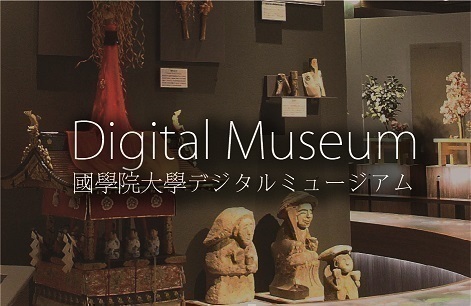- トップ
- Encyclopedia of Shinto
- Paying Respects at a Shinto Shrine
Encyclopedia of Shinto
| Main Menu: | |
| Links: |
詳細表示 (Complete Article)
| カテゴリー1: | 1. General Introduction |
|---|---|
| カテゴリー2: | Special Topics |
| カテゴリー1: | Special Topics |
| カテゴリー2: | Special Topics |
| Title | Paying Respects at a Shinto Shrine |
| Text | Of course nobody goes around scolding others for not abiding by it, but there is a provisional "standard" manner of paying respects at Shinto shrines. As such, it is advisable for shrine-goers to familiarize themselves with the protocol as well as the significance of each action. After passing through the torii, shrine-goers will visit a purification font (temizuya) located along the approach. Drizzling water on one's hands and rinsing the mouth at this font is a symbolic means of purifying both body and mind before entering a sacred space. At the front of the main shrine (shaden), there is an offertory box and a bell. After making an offering (saisen) and sounding the bell, shrine-goers then offer prayers and thanksgiving to the kami. This is generally done with two bows of respect, two successive claps, and one final bow. In addition to the regular type of visit just described, when a shrine-goer wishes to petition a formal ceremony, they first inform someone in the shrine office (shamusho) of their desire then proceed to the worship hall (haiden). There, after the priest (shinshoku) performs purification rites (oharai) and recites a litany (norito), the petitioner places an offering of an evergreen sprig known as a tamagushi before the kami/altar. During such a ceremony, one merely needs to follow the cues of the priest. When the ceremony is concluded, the petitioner receives a ritual sip (miki) of rice wine and, if he or she wishes to record their visit, signs the official registry. Visitors to shrines may also buy a fortune known as o-mikuji. Some people tie their fortunes to things like tree branches within the shrine boundaries, but essentially the o-mikuji is meant to be taken home. |

When paying respects to the kami at a Shinto shrine, it is standard practice to begin by purifying both hands and then one's mouth with water at a font called a temizuya, often located along the approach. When standing the before the shrine building (haiden) itself, a person begins with an offering to the kami, followed by two deep bows. After this, one claps their hands twice, and finishes with a single deep bow.
2007年 **月 **日
Ōsawa Kōji



